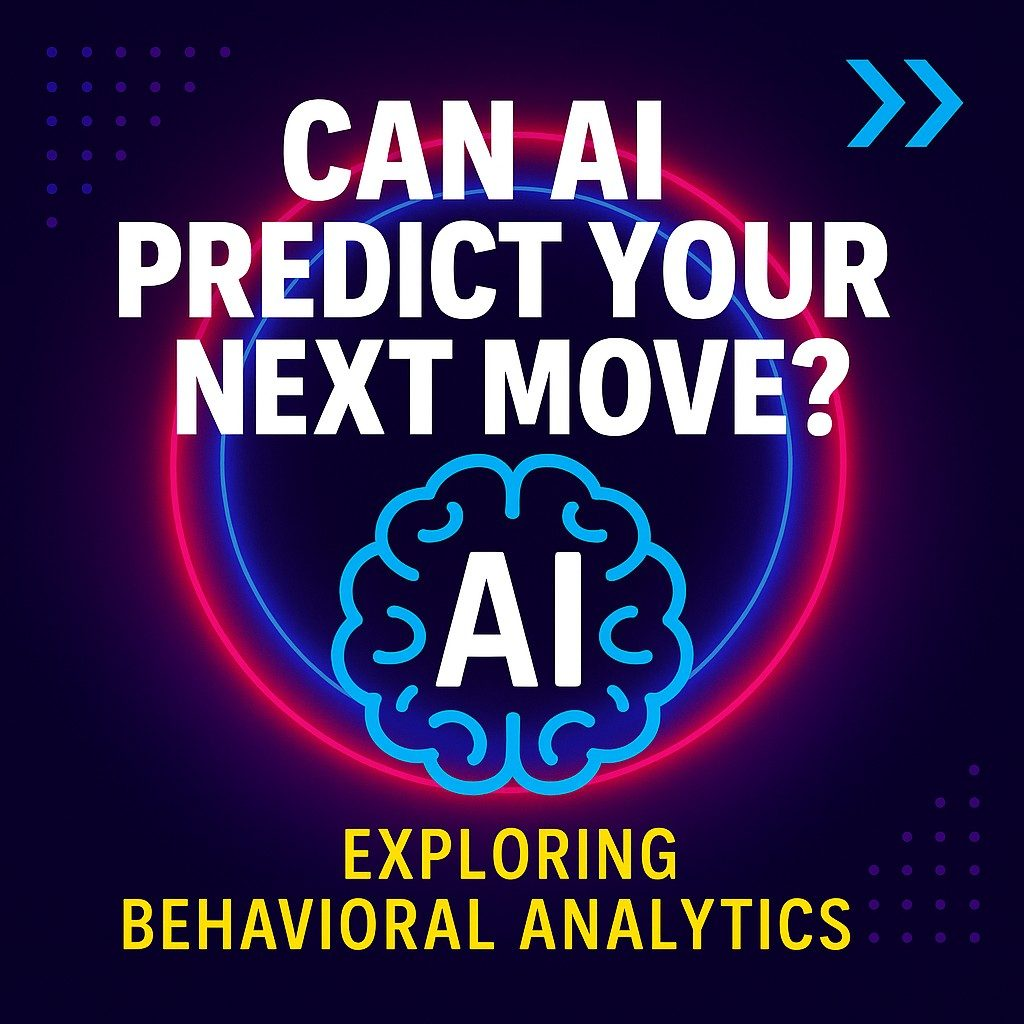Views: 0

Have you ever wondered how your streaming service knows what you’ll binge next or why your favorite shopping app offers exactly the deal you were eyeing? Behind the scenes, powerful algorithms are learning to anticipate your actions. AI‑driven behavioral analytics uses machine learning, natural language processing and even emotion detection to predict what you’ll do and tailor experiences accordingly. For our community of tech‑savvy parents and creators, understanding this emerging field is key to navigating the digital world responsibly.
In this article we unpack behavioral analytics and its implications. We’ll discuss how AI reads your emotions, personalizes experiences and shapes industry applications. We’ll also offer prompts to help you explore and question these technologies.
Emotional Intelligence and Cognitive AI
Early AI could only parse keywords, but cognitive systems now interpret human emotions through facial recognition and voice analysis. According to researchers at NITI.ai, this “real‑time emotional intelligence” detects micro‑expressions and voice modulations, allowing interfaces to adjust their tone or content. For example, a chatbot might sense frustration in a customer’s voice and switch to a more empathetic approach.
Prompt example: Ask ChatGPT: “How can emotion‑recognition technology improve customer service interactions?” Or: “Write a short scene where an AI assistant senses a user’s stress and responds appropriately.”
Predictive Modeling and Hyper‑Personalization
Behavioral analytics also leverages predictive models to forecast actions such as abandoning a shopping cart or disengaging from an app. By analyzing past behavior and contextual cues, AI can deliver personalized recommendations for products, content or learning materials—what NITI.ai calls hyper‑personalization. This allows companies to tailor experiences to individual interests, increasing engagement and satisfaction.
Prompt example: Try: “Design a predictive model to identify when users of my mobile app are likely to stop using it and suggest three interventions.” Or: “Explain how hyper‑personalization can improve an online learning platform.”
Industry Impacts and Challenges
Behavioral analytics is being deployed across sectors—from healthcare monitoring patient adherence to retail customizing marketing offers. Agentic AI goes a step further by autonomously making decisions based on live data, such as adjusting a website’s layout to reduce drop‑off rates. However, challenges remain: integrating predictive models into live systems, addressing cultural differences in emotion interpretation and protecting user privacy.
Prompt example: Ask: “List three potential benefits of agentic AI for e‑commerce and three potential risks related to privacy or bias.” Or: “What policies could ensure equitable use of behavioral analytics in public services?”
Closing Thoughts
AI‑powered behavioral analytics promises to make digital experiences more responsive and relevant. Real‑time emotional intelligence and predictive models can enhance customer service, education and healthcare. Yet the same techniques raise concerns about surveillance, bias and consent.
As users and creators, we must balance convenience with caution. Understanding how these systems work empowers us to demand transparency and protect our privacy. By asking thoughtful questions—like those in the prompts above—we can help shape a future where AI predicts our needs without compromising our rights.

